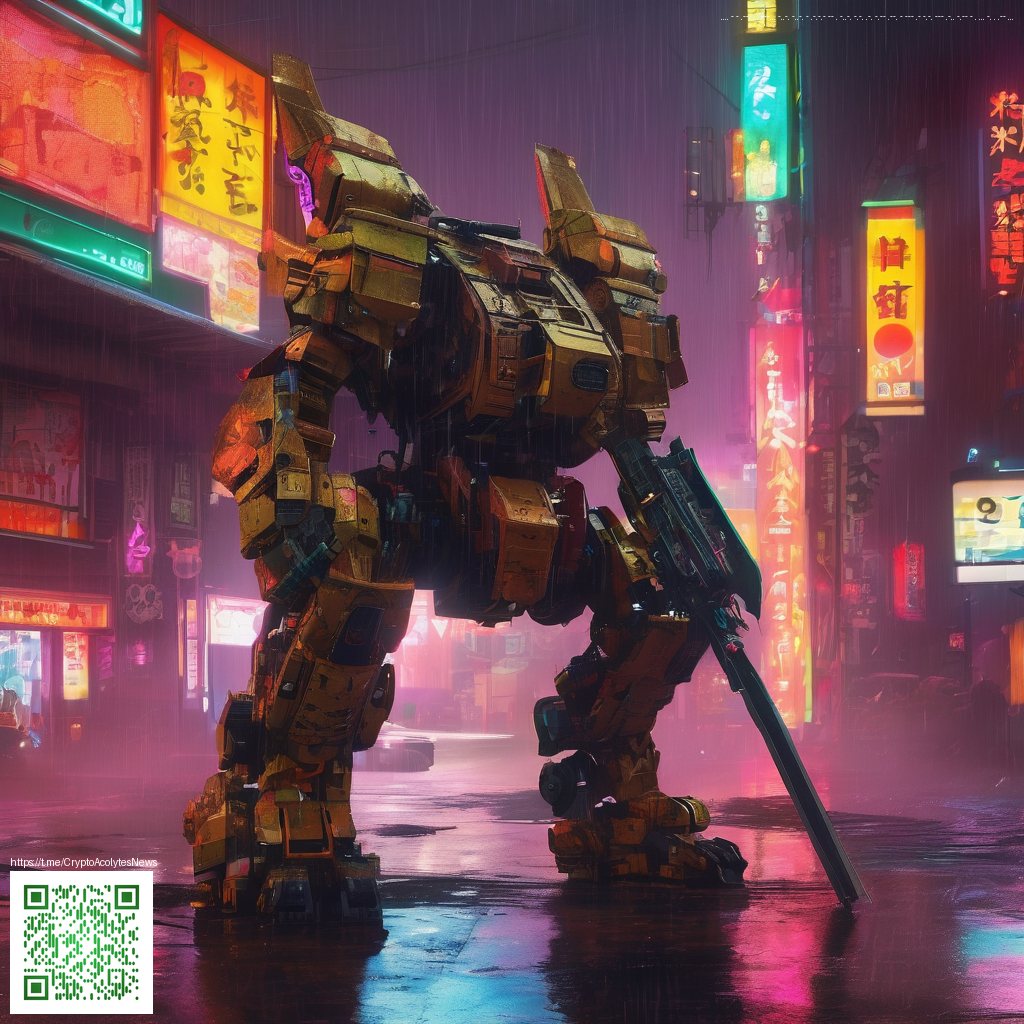
Crafting Realistic Digital Paper: Texture Mapping Essentials
Texture mapping is the quiet powerhouse behind the tactile illusion of digital surfaces. When you want a page that looks and feels as if it’s printed on real paper, you’re not just layering color—you’re layering a careful blend of grain, translucency, and light interaction. The magic happens when you pair texture maps with a thoughtful lighting setup and a disciplined workflow that respects the physics of materials. In practice, this means moving beyond flat textures to a small library of maps that work in concert to produce convincing results.
Understanding the paper look: grain, fibers, and light
Real paper isn’t uniform. It carries directionality from fibers, subtle specks, and occasional flecks that catch light differently as the surface tilts. To reproduce this in digital space, you’ll want to incorporate:
- Base color textures with natural variation in tone and shade, reflecting different paper types (newsprint, laid, or cotton rag).
- Grain/fiber maps that align with an intended direction of the sheet, so the surface doesn’t feel “painted on.”
- Normal maps to simulate micro-ruffles, ridges, and subtle creases that catch highlights.
- Displacement or height maps to hint at edge curling or folds, especially along corners and margins.
- Roughness and specular maps to control how coatings, coatings, or varnishes change the surface glare. Paper has variable gloss depending on weight and finish.
- Translucency or subsurface effects for thin sheets where light bleeds through slightly, adding depth to the surface.
Texture mapping isn’t just about adding noise; it’s about aligning grain direction, weight, and light behavior to sell the illusion of something tangible and tactile.
Techniques that bring a believable paper surface to life
Modern digital pipelines let you blend physical realism with artistic control. Here are practical techniques you can adopt:
- Layered maps combine a grain map with a subtle color variation, then a normal map on top to simulate microtextures without overwhelming the surface color.
- Edge treatments apply subtle displacement near borders to imply curling, tearing, or fiber irregularities—this helps a flat texture feel dynamic when viewed at different angles.
- Soft lighting using an HDR environment or gentle directional light can reveal the microstructure of the paper without washing out the texture.
- Physical reference keep real-world paper samples handy. Comparing digital renders to actual sheets helps calibrate grain size, line density, and the perceived weight of the material.
In practice, you might design a packaging mockup with a paper-like label on a digital product shot. If you want to see how texture mapping translates to real-world visuals, you can explore related product inspiration and related content on the web, such as the neon-style case page that showcases how finishes interact with glossy and matte surfaces. For a broader read on this topic, a related article can be found here: https://101-vault.zero-static.xyz/327b83a6.html.
Practical workflow: from texture to render
Adopt a step-by-step approach to ensure consistency across assets and projects. A typical workflow might look like this:
- Collect sources for base color, grain, and texture scans that match your paper type, then adjust in a core image editor to create seamless tiling where needed.
- Create specialized maps for grain, normals, and roughness, tuning each map to the lighting scenario you expect in your scene.
- Test under varied lighting—a scene can look dramatically different under daylight, indoor tungsten, or cool LED; iterate to preserve the subtlety of the paper surface.
- Validate on devices since screen rendering can exaggerate or flatten texture details; test on mobile and desktop to ensure readability and realism.
As you refine your texture workflow, consider how real-world product photography handles reflective surfaces. A case in point is a popular neon phone case with card holder MagSafe polycarbonate, which demonstrates how even glossy surfaces interact with texture and lighting. You can explore the product here: Neon Phone Case with Card Holder MagSafe Polycarbonate.
Design tips for photographers and UI designers
Whether you’re designing a print-ready poster, a book cover, or a UI background, these tips help you apply texture mapping effectively:
- Keep texture scale believable: oversized grain reads as noise; tiny grain may vanish on smaller screens.
- Balance fidelity with performance: use a compact set of maps and bake details where possible to keep rendering fast.
- Preview with ambient occlusion: this reveals where shadows naturally accumulate and where highlights should strike.
- Document your maps: naming conventions and a short description help teams reuse textures accurately across assets.